Career / Elizabeth Roberts
4 years ago by
As the daughter of a contractor, I’ve always been fascinated by the process of creating or restoring spaces. The thoughtful exactness that goes into each decision, the hard work that follows, the beautiful finished product.
So it’s not surprising that I have a bit of an obsession with New York buildings and spaces–specifically the beautiful brownstones of Brooklyn, or a magical retail space. When a friend introduced me to architect Elizabeth Roberts for this interview, I was already an enormous fan of her work.
Elizabeth has become known–especially in my borough, but also around the world–as the go-to architect for blending tradition and modernity in stately spaces, especially of the brownstone variety. Her projects–which include homes and spaces for Maggie Gyllenhaal, Rachel Comey, Athena Calderone, Daria Werbowy, Ulla Johnson (just to name a few)–are on many a pinterest board for their dreamy yet grounded, and often practical, qualities. And they’re regularly featured in the pages (and covers) of Architectural Digest and Remodelista.
But beyond her masterful skill as an architect, Elizabeth is also a female principle who has her own firm in a heavily male-dominated industry. I’m excited to introduce to you today to this architect, designer, businesswoman, wife and mother. Meet Elizabeth.
Emily: What was your dream job when you were a child?
Elizabeth: A pilot. I was in an airplane travelling with my family and it occurred to me that I’d never heard of a female pilot.
But architect came up pretty early–another female empowerment idea. My best friend’s mom was this awesome hippie, strong woman; she had three daughters and they all drove Volkswagen bugs. I told her I might want to be an architect, and she said that being an architect is a wonderful thing for a woman to do – a wonderful profession for a woman. It empowered me and made me think about it more.
Later in life, I told my mom that I was going to do pre-med, like the rest of my family. I expected her to be thrilled and she said, “I don’t know, I think it would be better if you did something with your creative side.” It was some female coaching and mothering that led me to this happy place.
You grew up in Marin County, California. It’s an area that’s known for certain types of architecture. Did you have an early appreciation, specifically out there, for buildings and spaces? Where did that interest come from?
There was certainly an awareness of space. My mom lived in a part of Marin that was really sunny and bright, in San Rafael. My dad lived closer to San Francisco, in Mill Valley. I spent half my time at my mom’s and half at my dad’s. I remember a very different feeling of the kind of light and air in my mom’s modern house. My dad had a cottage under the redwood trees and it was such a different feeling. Living in those two very different houses really made me aware of how different I felt in these different places, in different light and different temperatures.
I also think the outdoors informed that. I spent so much time outdoors–either under the redwood forest with its mulchy smells and shade, or at the top of Mount Tam seeing sun and the blue sea. The back and forth between these different environments helped a bit.
You went to UC Berkeley for undergrad, and you mentioned thinking about pre-med. Did you study architecture in the end?
In the end, yes. Before I went to Berkeley, I did my first two years at UC San Diego, which is a science heavy school and then I transferred.
After my first two years I had that conversation with my mom about pre-med and her disappointment. And I had a conversation with my dad where I said, “I don’t know what to do. I could do this I could do that…” My dad said, “It’s sort of like being in an ice cream store. All the flavors are good. You just have to decide.”
The university had a school in Paris and I did a semester there studying fine art. Then I came back and worked in an architectural firm in San Francisco. Working in that office was an aha! moment for me. I knew I found my profession. There was light and people had colored pencils and were loving their work. In that setting, it was easy and fun to imagine a career.
Once you decided on architecture, how did you hone into a more specific style of architecture?
I made the specific choice to work with older building and historic buildings. Which is a really important and passionate part of my practice.
I was encouraged by an undergrad professor at Berkeley. At age 21, I spent the summer at an archaeological site in Greece. I came back and studied a lot of history and classicism–I became more interested in history than I think a lot of architectural students at the time were. Architecture students were really taught about what’s going on now, technology and how to build.
For my second degree, I decided to dive into older structures. I studied Historic Preservation of Architecture at Columbia University. My concentration was Design. There was overlap with the architecture program and we really explored adding to and changing old buildings. I loved the juxtaposition of old and new…
While you were at Columbia, were you simultaneously doing internships or working in the city?
Yes. I worked for a big firm in Manhattan, Beyer Blinder Belle. They were one of the obvious choices–they were working with old buildings, but also significant projects that were on the straight architecture side too. As a student, I got to work on the Williamsburg Bridge and climb under the scaffolding, walk over the stone piers and inspect their condition. I worked on, with a large team, the Grand Central Station restoration. I worked on Riverdale Country School… significant New York structures, it was pretty interesting. And I continued there after I graduated.
I worked in San Francisco for a female architect named Alice Carey. She has passed away in the last ten years, but she was a great role model. She worked on both sides: in design, modern architecture, and historic preservation. While there, I worked on San Francisco City Hall. It’s a really great way to understand amazing buildings and get to know a city.
What made you go back to California?
I started the two year program at Columbia and after the first year, I wasn’t convinced it was right for me. Within that specific program, I felt like I had left architecture somehow. So, I took a year off. I went back to San Francisco, stayed with my family in Sausalito, and worked.
While I was there, I found an idea for a thesis project–and that’s really what the second year of the Columbia program focused on. I found a building in Brittany, France, that a school was interested in purchasing and developing into an art school. So, after the year off, I went back to Columbia and said, ‘This is what I want to do.’ Luckily, they were open to my ideas. It was a good experience.
I think there’s so much pressure, people feel like they have to operate on these schedules that are imposed on them. But, it’s important to take time and give yourself breathing room to assess. Especially at that young age, it’s hard to know what will be right!
Looking back, I can understand patterns in my life. I tend to have made a lot of decisions for myself. I’m going to New York! Or I’m not coming back to graduate school! And I’m happy I’ve done those things.
After you graduated, did you work for several other firms before you set off on your own?
Yes. I was at Beyer Blinder Belle, which was a great experience. It was just a really large office and very large projects. I was working on the bathrooms at Grand Central Station for a long time.
I remember a phone call I had with my step-mother. She said, “Elizabeth, the floor in our house, we want to refinish it. What should we use to refinish the floor?” And I had no idea. Because I’d been detailing bathroom stalls for so long and I’d been in school. So, I made this decision that I needed to get some practical experience.
I left that job not knowing what I was going to do. I thought I was going to work for a metal fabricator. Then I got an independent job, and it ended up being a really great experience. I wasn’t planning on working on my own for architecture, but that project led to another project…
Seven or eight years later I took a full-time job because I thought I still had a lot to learn. I worked for a small company in New York. After a year and a half, I realized that I really wanted to do projects that had personal meaning to me. It ended up being a great experience because, after that, I was sure I wanted to work on my own.
It was also a really big boost to my ego because they offered me partnership and I didn’t take it! But, I went off with this great confidence that I could do this on my own and that I wasn’t going back.
In going out on your own and doing independent projects, how did those first clients come? How did you get those first few jobs?
The first independent project that I did was for Sheryl Crow. My good friend just happened to know her and he had all sorts of confidence because I’d helped him a bit with his home. I took it because of who she was and I had confidence that she would be able to pay for what she wanted to do. I don’t know why she hired me, but I’m so glad she did!
Was it scary?
It was. It really was.
The first projects definitely came from friends of friends. I think my fees were incredibly low and I was working from my bedroom. Friends were a huge part of it, the first few pages of my portfolio.
I’m grateful for those projects and to those friends. I’ve since learned why people say not to mix business and friendship–I guess when you have the choice, but at the time I didn’t have the choice.


In building your practice, it was more than just the architecture work. You had to learn how to establish your fees, to set up the business. How did that type of learning come to you?
They don’t teach you this in architecture school!
First, it’s asking a lot of friends and bosses, who were very generous to me and really gave me a lot of information. It’s something I try to pass on to people who have worked with me as well.
More recently, going from a four person firm to six people, to a twenty-two person firm in the last five years–I’ve found a few strategists and consultants.
The first person I met was a wonderful man who had worked as an architect in New York for his entire career. After taking a team building class, he realized he really liked coaching and creating teams. He looked through my practice, looked at our contracts, looked at my drawings, and gave really good advice. And not only about drawings or what I was charging, but he also helped me understand what I’m good at, listened to what I wanted to do, and gave me advice about what I needed to improve on to do those things.
That was six years ago. I credit him and that work together for me leaving my home office and going from six employees to 22 now.
My job is no longer to just work long days as hard as I can, but also to work on different types of projects with different people and the hard work of how to deal with clients.
What is most challenging about running a business of this scale where it does take you away from the core day to day work of being an architect and more into being a manager? And what do you find the most rewarding?
Staying connected with the work, because it’s a very personal type of work and personal business. I don’t plan to ever lean on some corporate model. Maintaining my team’s respect and trust is a big part of the job, so I need to remain involved for that to feel natural. That’s not a challenge for me, it’s what I love to do.
I now have great help managing the office and great help with the finances. I’m constantly learning from mentors and consultants about how much help to get under me in order to remain available for design and working closely with my designers and architects. The more we’re able to carve down my tasks to singularly allow me to design and collaborate with our clients and designers, the happier I am.
You’ve become known, especially in New York and Brooklyn, as the go-to architect for maintaining original detail and charm in a space, while making it more modern and live-able. Pretty much every Brooklyn brownstone on Pinterest is one that you’ve worked on. How did that type of work, or style become such a big part of your practice?
You can do what you love if you really hold out for it and say no to other things; it’s a kind of hard-headed attitude. Once I found something that really resonated with me, that was when I put in the long hours and did it for practically no money, sitting on my bed. I was lucky to find something that felt right, that prompted me to work that hard. That’s the reason I came back to New York. I like the grit, the history.
I remember taking a photography class early on in college and there was an assignment for a photo essay, where we had to do something that was ‘meaningful.’ I was in San Diego and I thought, ‘what on earth can I take a picture of in San Diego… the beaches?’ San Diego is nice, but there wasn’t a lot that felt really deep and meaningful to me.
Layers and depth are really important to me. In New York City, we live in a way that others in this country don’t–industry, garbage trucks, all of that, it’s just part of our lives. I see beautiful things so differently in this context.
What is your process when working with a client?
A lot of listening. I like to think that the projects we do stand out because they’re unique to our clients. There’s a lot of blood, sweat and tears that goes into making something that’s really great for them.
The process is getting to know each other. We often start by asking clients to show us things that they love, artwork, design, anything. And then, we don’t give clients exactly what they ask for, we try to read between the lines and create something that’s different and even better.
How do you strike a balance between putting your personality and taste into a project and keeping it about the client?
I have this interior designer who used to work with me–she had an acting background–and she’d say, “Elizabeth you are the ‘Yes, and…’ architect.” It’s an improvisation technique. Instead of saying no way to a client idea, I’m like, “Yeah, let’s do it!’
You can take some totally nutty idea, layer it, highlight it, and do things with it that will make it really special. I typically say ‘yes’ and then figure it out later.
In addition to the residential projects you’ve become known for, you’ve also done commercial projects like the Rachel Comey stores and the Ulla Johnson store. Are these projects a different way of working?
I love commercial projects. They’re definitely a labor of love. There’s so much riding on them being just right, especially for those two really amazing women who had no physical space for their work before!
I want it to always feel very personal.
I’m doing a restaurant now in Manhattan and it’s a really different set of muscles, it’s fun! I think it’s becoming even more fun as people are trusting our work more. Freedom is coming with the commercial work.
We’re really looking forward to talking about hotel work, hospitality is something we’re nipping at the bud for!
What do you think is the next step in the business? Where do you see the business growing?
Organically, I feel like moving into hospitality…
We’ve also been working with small historic landmarks in New York. I’m really interested in looking for projects where we’re working with larger historic landmarks and either retro-fitting them or bringing them back to former glory. That’s the scale of where I’d like to head next.
How do you find inspiration for the work that you’re doing and how do you stay connected to your creativity while you have all of the technical aspects going on?
We now offer interior design – we have six interior designers and I love the addition to our group.
In architecture school, my friends would tell me that I was really good at interior design. I used to say, ‘No, I’m an architect.’ But, now I realize that you don’t need to be one or the other, and I find excitement in finding that one bar cart for the entry of the restaurant that is like no bar cart in the world. Those types of searches are fascinating and fun!
I take great satisfaction from the small explorations and design exercises that happen in this office. Working with 22 young, bright, inspired people is a huge part of my process. A lot of us travel and we share our explorations and our inspirations as a group–it really is a studio environment. I love travelling and I like to go to beautiful places I haven’t been to before.
New York is also a place to be inspired all the time. There’s always four shows that I haven’t seen that I want to see. My husband is really interested in music, I play music (the cello!), I just like the creative process in general! I find making something out of nothing so magical–that is definitely part of music as well. This week, I’m going to three shows!
Architecture is a very masculine industry. And, you’re working on job sites with contractors and engineers. Have you found that to be challenging? It’s interesting that you said you wanted to be a pilot — there’s a trend there…
The experience hasn’t been a bad one for me. I feel very lucky and very responsible to be a female principle. To be a boss. I know that the statistics are pretty crazy: 50 percent of the graduating classes in the US are women, 20 percent of licensed architects in the U.S. are women, and only 17 percent of principles and partners are women.
Taking myself away from my desk and doing interviews like this is pretty important for other reasons, to encourage people to endure the whole grueling process. The school part, the interning part where you’re not getting paid much, and going out and pushing to get jobs, getting the license…all that is tough!
How did becoming a mother change the way that you work?
A best friend from architecture school became a mom three years before I did. I talked to her when I was pregnant–I remember asking her, “What if I have my son and then I don’t want to go back to work? What if I love this mothering stuff so much?” She knows me so well and knows how much I love what I do. She said, “You are going to want to go back to work.” And five weeks after my son was born, I took on a new project. And, throughout my whole pregnancy/ postpartum, I was doing our own townhouse.
But, how did it change the way I work? I think I appreciate it more, honestly. Being a mother is amazing, but I really had to carve out a part of my life to go back to work and to be a working mother. I’m incredibly devoted to my family, but my work is meaningful enough to me that I’ve spent time figuring out how to do both. I’m grateful that I ended up becoming a mother after my career was already in place. So, I really feel like I can do both. But, it’s tough. It’s no joke.
Is there someone in particular that stands out as being an important mentor for you?
I’ve cobbled together a lot of smart people who help me a lot. My husband is definitely a touchstone for keeping it real, he’s a buddhist, he’s a meditator and the most down to earth person. I come home with my head exploding and he listens. Just today, I had to remind myself of his words, “Focus on keeping it light, looking forward and not backward.” I have a lot of help, a lot of smart people.
What’s the best advice you’ve gotten? Something you come back to often?
A while back, my dad talked to me about putting what’s really important to you in a box. So for me, it’s: family, friendship, creativity. And while there can be a world of problems and complications out there, I try to make sure to remember that those things are very separate. I offer this advice to my crew often when I say, “There’s business and there’s personal,” and I urge people to not let things touch that personal space.
What advice would you give to aspiring architects, or people who maybe want to strike out on their own in some capacity?
There’s so many ways to be an architect, there’s so many different jobs out there. Coming out of school and finding your first job, you’ve just got to take it. But, once you’ve gained experience to really think about what type of architecture resonates with you, think about what makes you want to stay up late at night and work those gruelling hours.
One of my current associates (I have three now, they’re my core crew) wrote me an email a while back. At the time, I only had three people working for me and I didn’t know that people even knew our work. But, I received this email from him and it said, “I’m working at a job in Manhattan. And every time I see a photo of work that I love, it turns out to be yours.” I remember he said, “There is something that resonates with your work that seems sensitive and organic. And I wanted to write you a note to let you know that I’ve singled you out.” I kept that email and, as soon as I needed another person, I contacted him.
Really try to focus on understanding yourself and what you love doing. Go there.
What’s your dream for your future career?
So many dreams! I love the idea of working my entire life. I hope that the more experience I get, the older I get, the better I become at what we’re doing here. With that, I need to continue to change it up, to continue learning and growing.
I’m going back to working on new constructions. Moving to New York, there are so many gorgeous, existing buildings to work with. I still love that. But, I’m looking forward to some of our new construction projects. Doing that as environmentally sensitively as we can is important to me.
That’s the dream: to continue to work and be inspired. To come to work when I’m 80 and still be helpful!

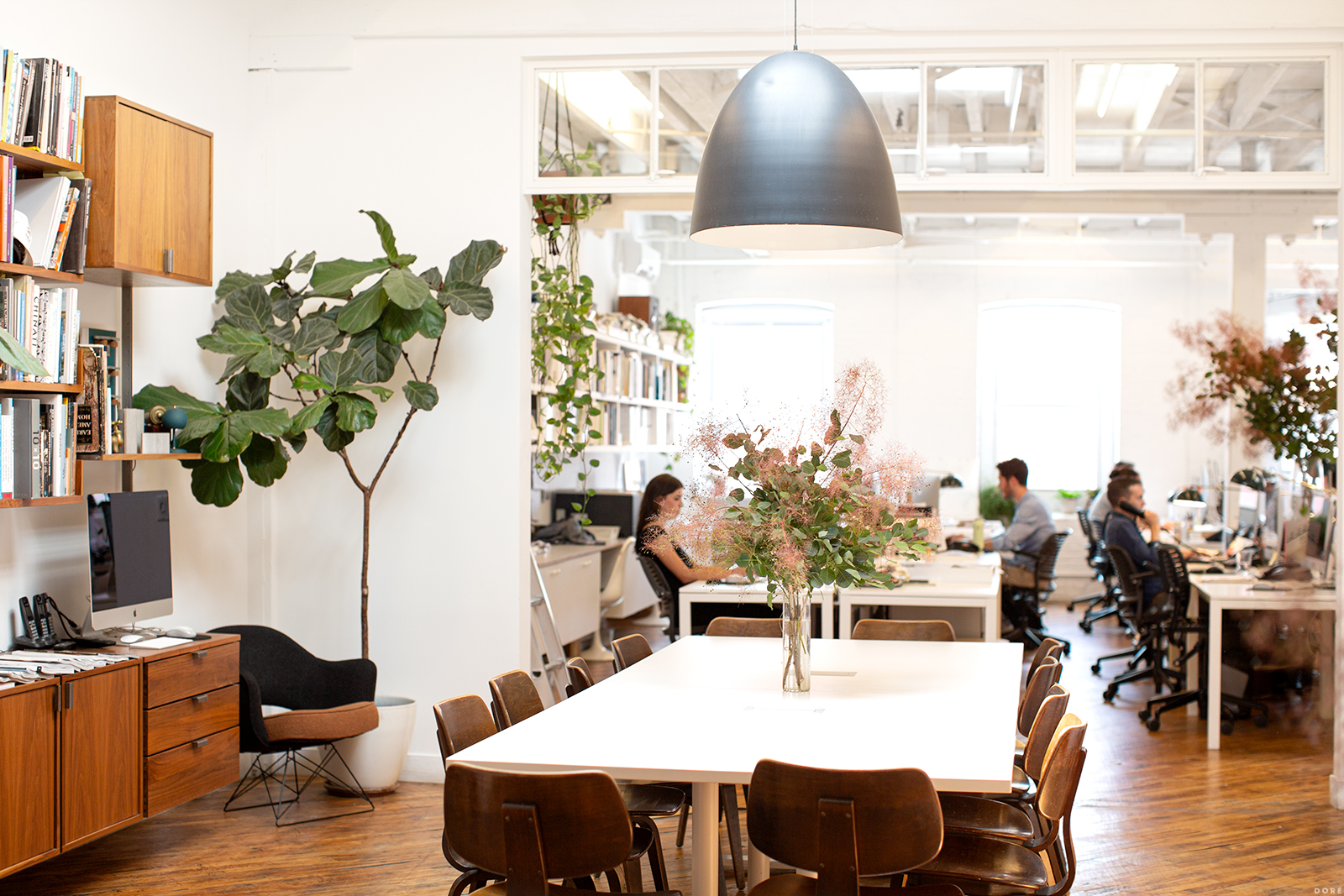
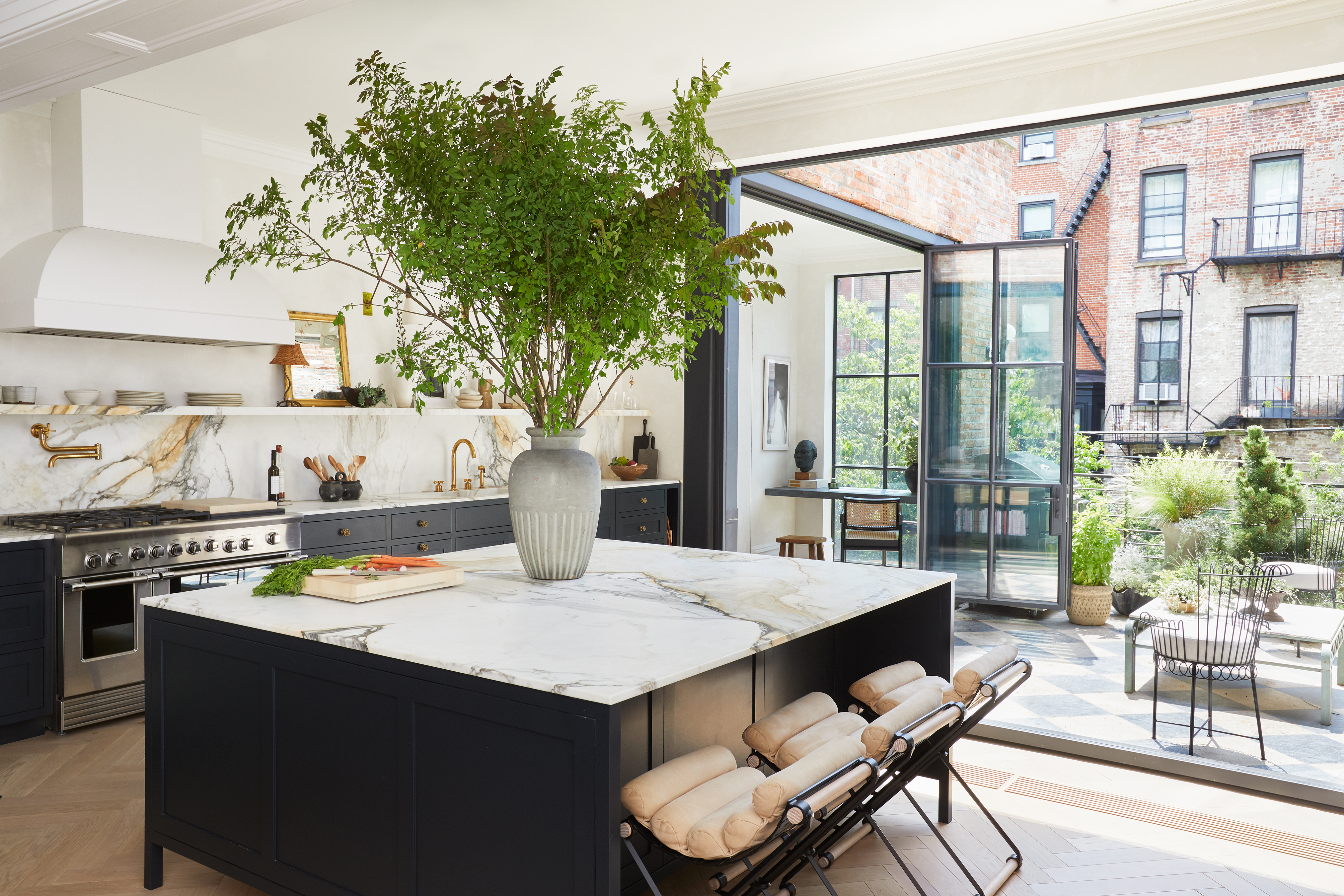
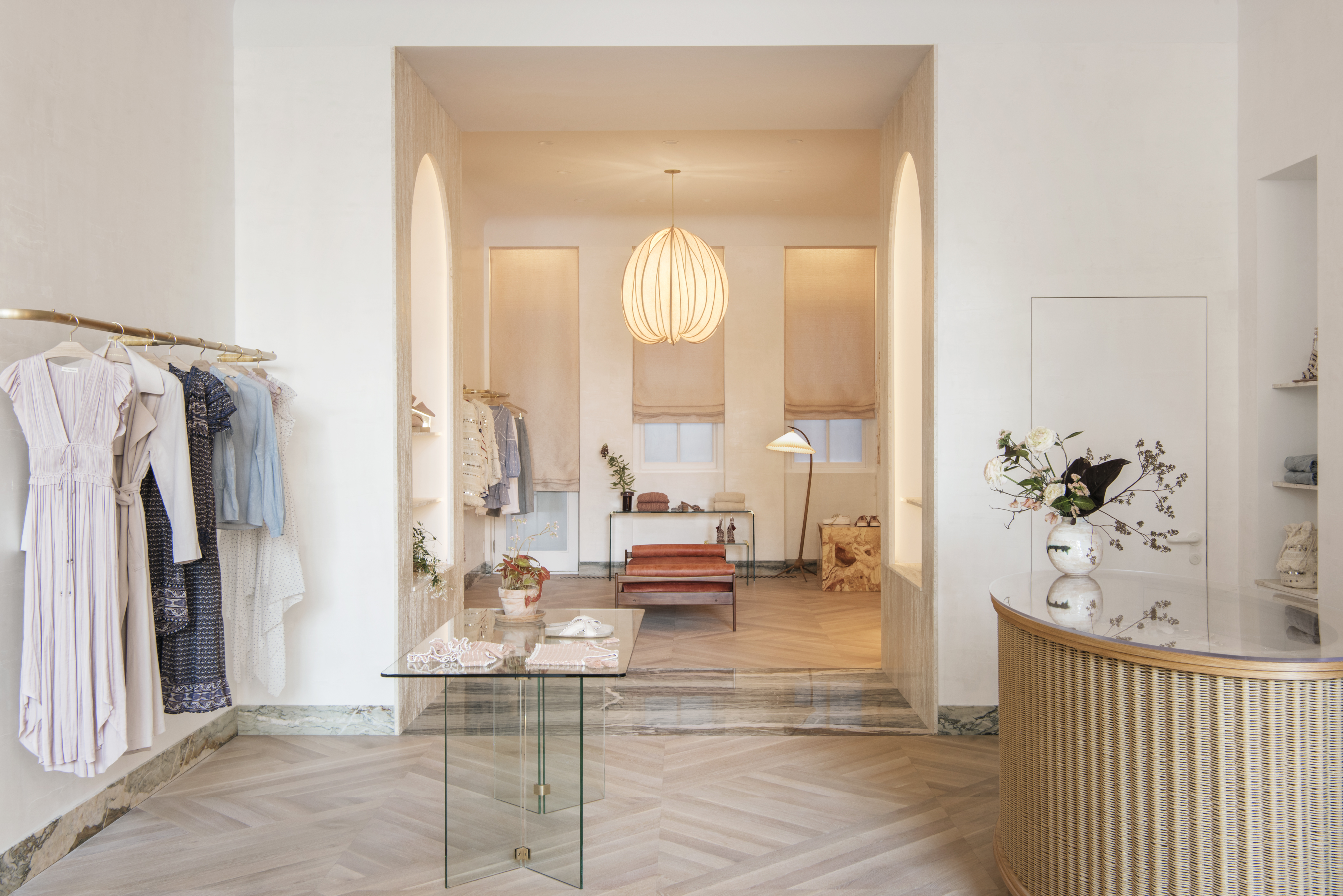




















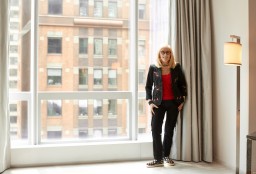
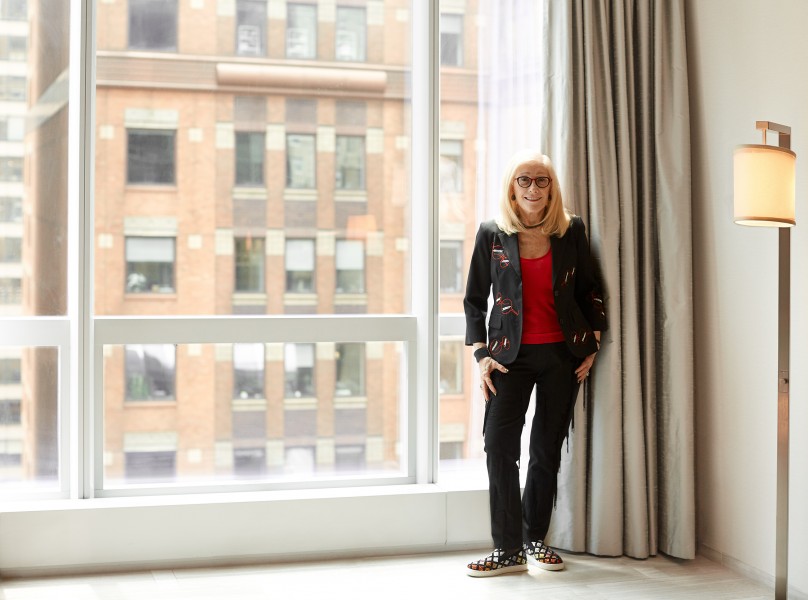


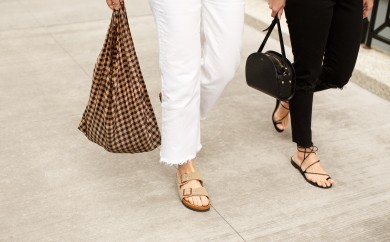
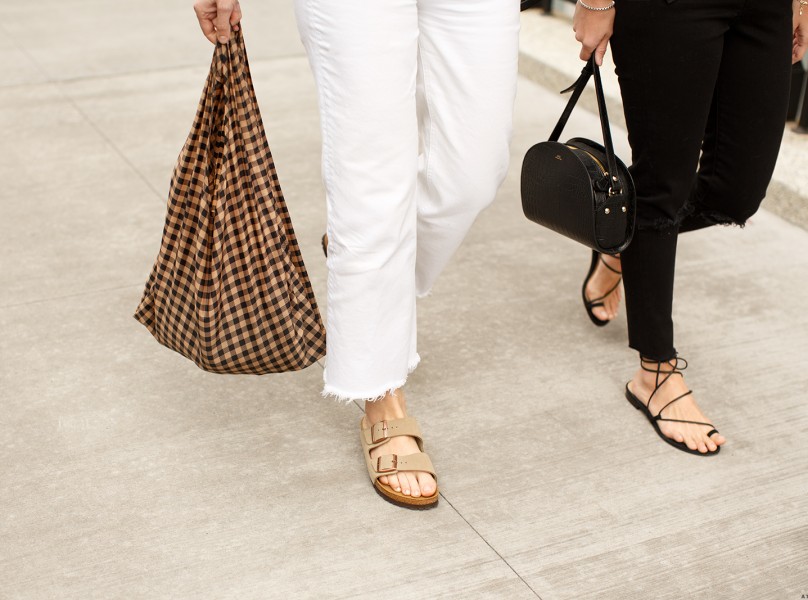
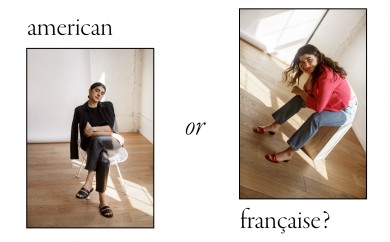
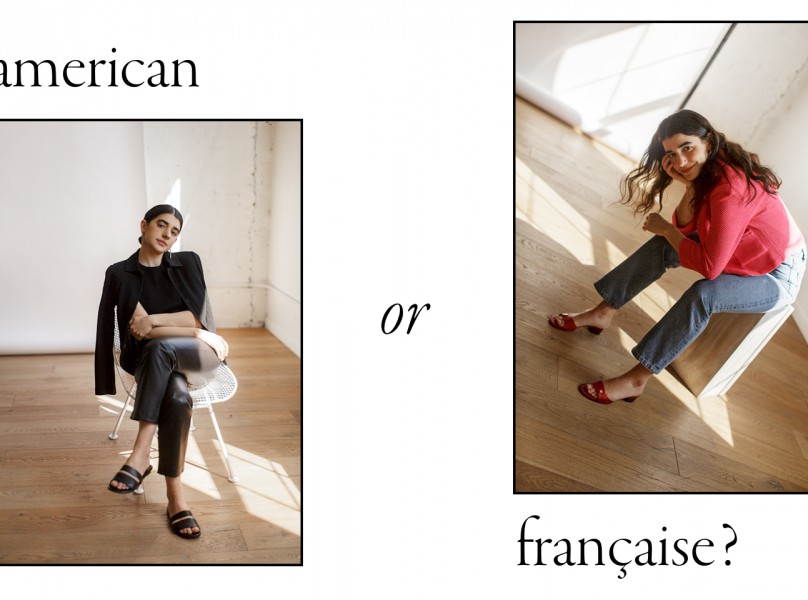

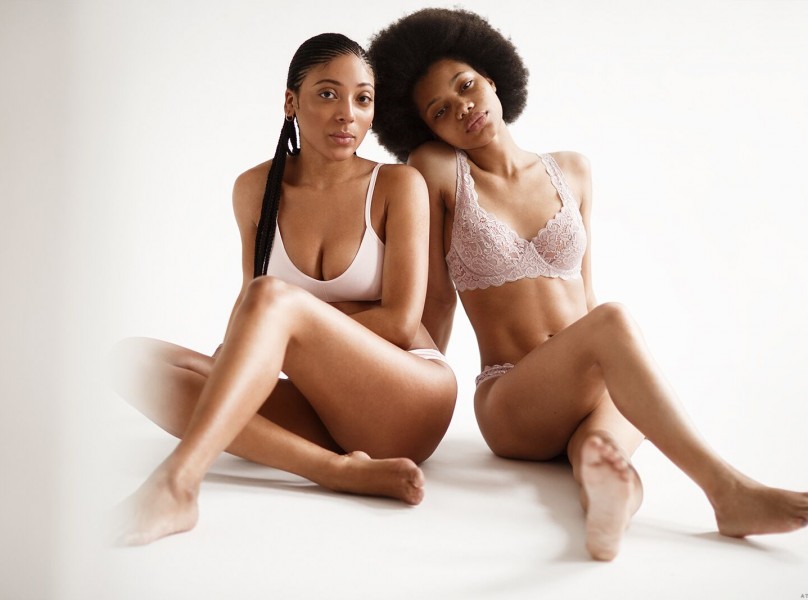




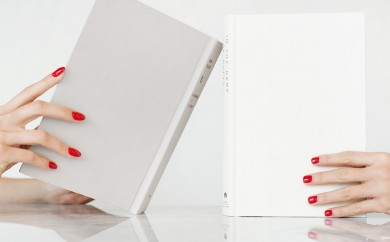
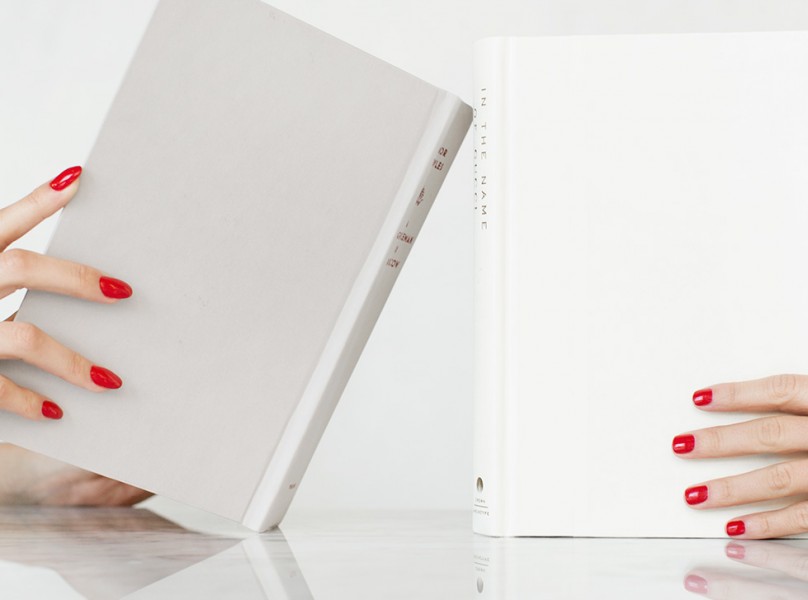
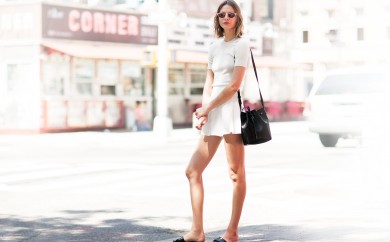

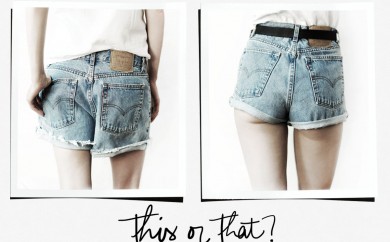
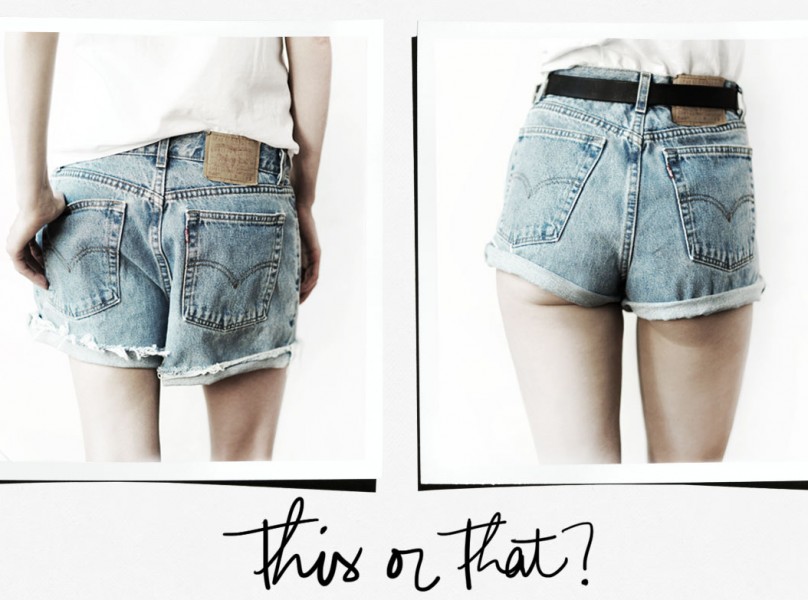
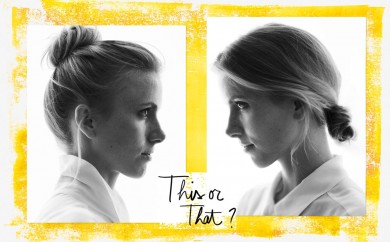
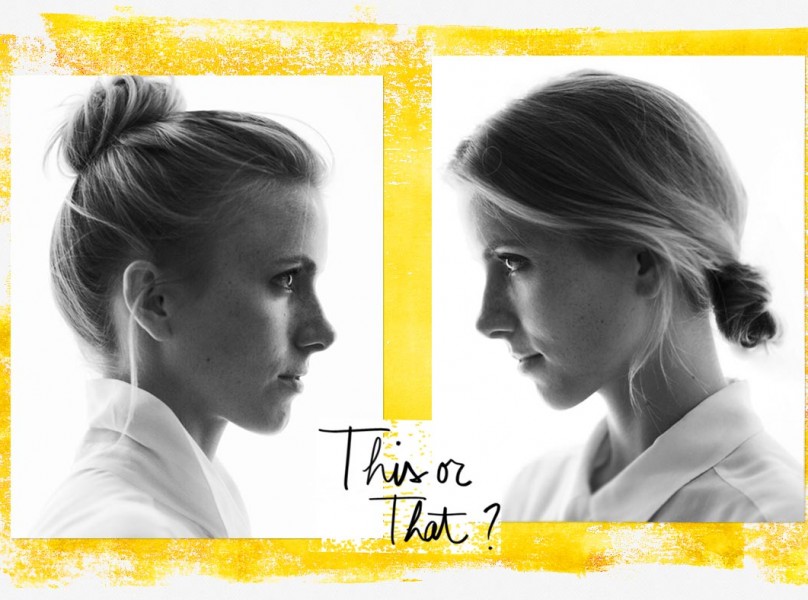

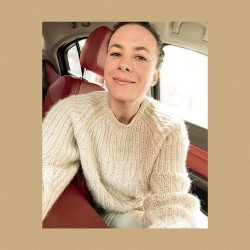




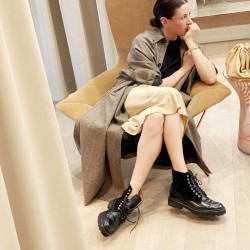

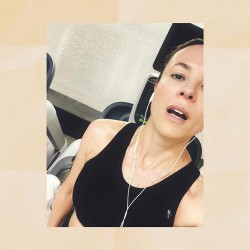
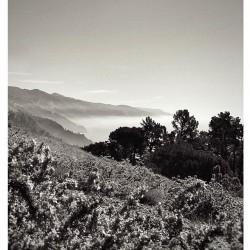
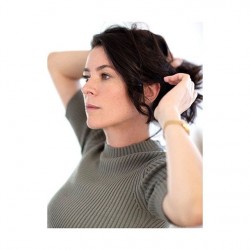
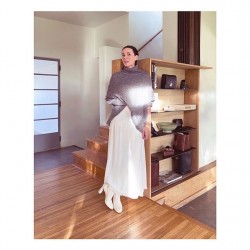
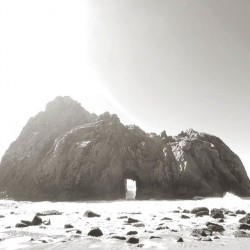

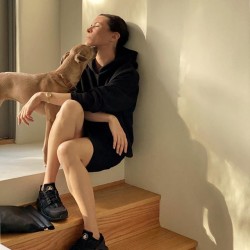
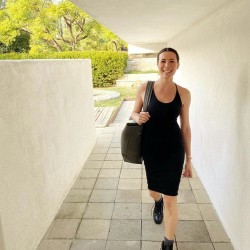
This is such a wonderful story of a career built on work, love, relationships, curiosity, exploration, commitment, mentoring, and talent. My career is totally different, but there are so many parallels in the process and trajectory – love the chance to learn from this. Thank you!
Really beautiful spaces! Very inspiring interview! Thanks for rocking, ladies.
Can I ask, who made the shoes Elizabeth is wearing? they are so creative.
This resonates with me!
Elizabeth is a real “Force for Change.” She speaks with such clarity, strength, vision, sincerity and excitement; inspiring. I remember meeting her a few years back through a mutual friend in Montauk (shared a house for a weekend) and I’ve followed her stunning work and growth since. So awesome!